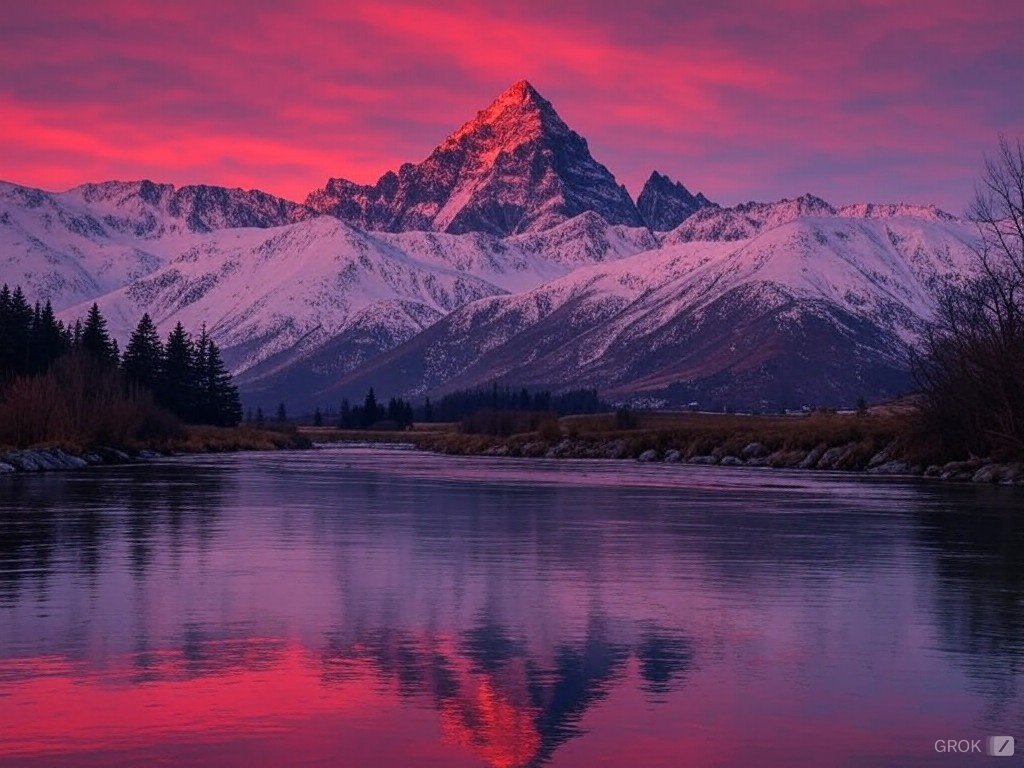You know, there’s something inherently magical about stepping into a newly designed game level for the first time—especially one crafted with Unity. It’s like the first bite of a well-made dish after a long day; exciting, comforting, and full of surprises. Well, Unity, if you’re not already up to your ears in gamedev lingo, is quite the chef’s knife of the game design kitchen. It’s flexible, powerful, and honestly, a bit daunting until you get the hang of it!
So, why Unity for level design? What a question, right? Unity’s toolset is like a Swiss Army knife. It’s perfect for artists and programmers alike, offering a balance of intuitive interfaces and complex systems that can make just about any vision come to life. From scripting to shading to scene building, it’s got it all. But let’s not sugarcoat it—dive in unprepared, and it’s like wandering through a maze.
Contents
Starting Out in Unity
Remember my first time opening Unity? The excitement was palpable. I was ready to create worlds. But here’s the kicker—I had no clue where to start. You see, Unity is vast. Imagine browsing through a library where every book seems as tempting as the next. Groundbreaking, isn’t it? But overwhelming, too.
I began by playing around, smashing buttons like a jazz drummer. Nothing looked right. It was a mess. A beautiful, hilarious mess. Ever heard of ‘happy accidents?’ That’s what my first level design in Unity was. Through these blunders, though, the real learning began.
Understanding Unity’s Environment
Unity thrives on components and objects. Think of it like building blocks, Lego perhaps? Each piece holds potential depending on its placement. You get environments—forests, cities, outer space—pieced together in layers that interact seamlessly. And here’s the fun part – you can script behaviors with C#, adding life which reacts to player actions, dynamic lighting that changes with time, and physics that… well, do what physics do!
The Visual Joy
Now, let’s chat visuals because, let’s face it, a game’s look is its first impression. Unity allows for some stunning graphics that can really showcase your artistic flair. But here’s a slight confession— I struggled with this at first. My scenes looked like they’d been lit by a dodgy flashlight. Learning the lighting system was a game-changer. Ambient, directional, point, spot, you name it, Unity models real-world lighting in ways that can truly breathe life into your level. It’s like painting with light, and when you get it right, it’s downright enchanting.
And can we talk about assets for a second? Unity’s Asset Store is this candy shop where you can snag 3D models, tools, and even complex scripts. Sometimes, though, it’s easy to get a bit too excited. Ever gone shopping on an empty stomach? Yeah, that’s how easy it is to overstuff your game with unnecessary assets. A classic rookie error, but all part of the journey.
Closing Thoughts
Unity level design? It’s a rollercoaster. The lows of confusion, the highs of breakthroughs, and the sheer joy of creating something from nothing. There’s something profoundly satisfying about watching players navigate the worlds you create. It’s like watching kids explore a playground you built overnight.
Intrigued? Thinking of crafting your own game levels with Unity but need a guiding hand? Whether you’re a solo dev or part of a larger team, I’m here to help. Swing by my digital doorstep at [email protected] for Unity level design assistance or just to chat about the endless possibilities of game design. Because every great game starts with a great level, right?
Look forward to hearing from you—let’s create some fantastic gaming spaces together!
